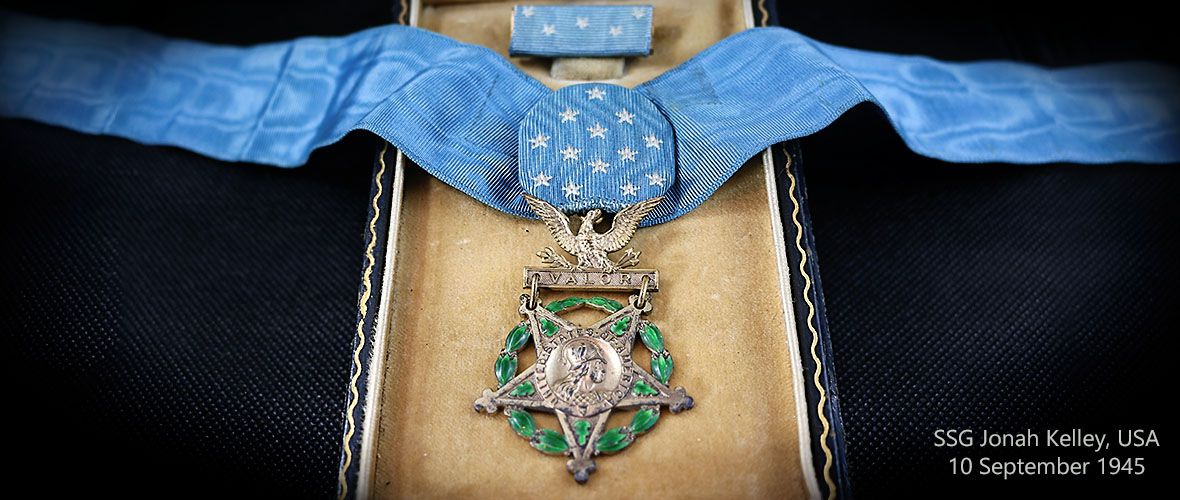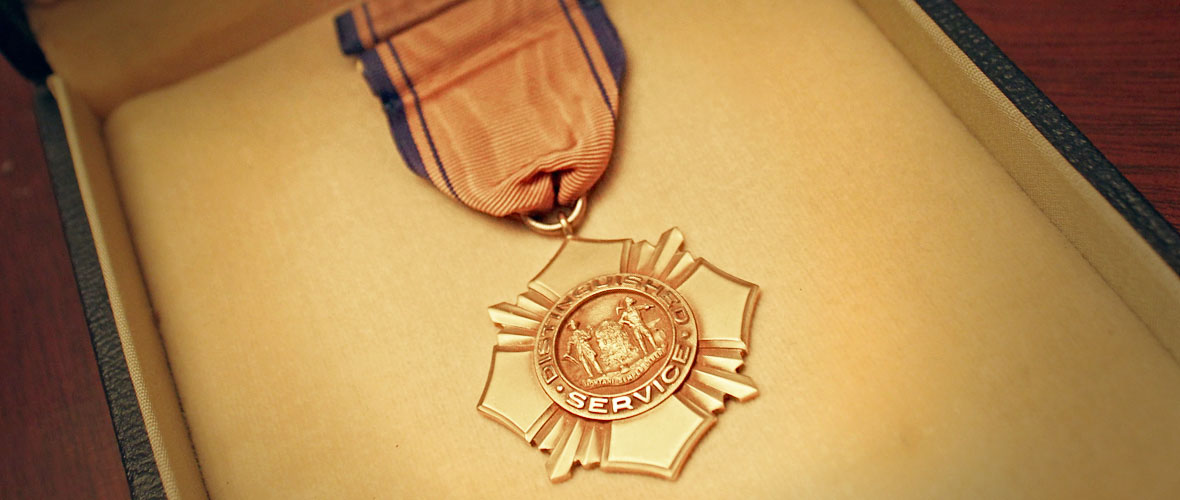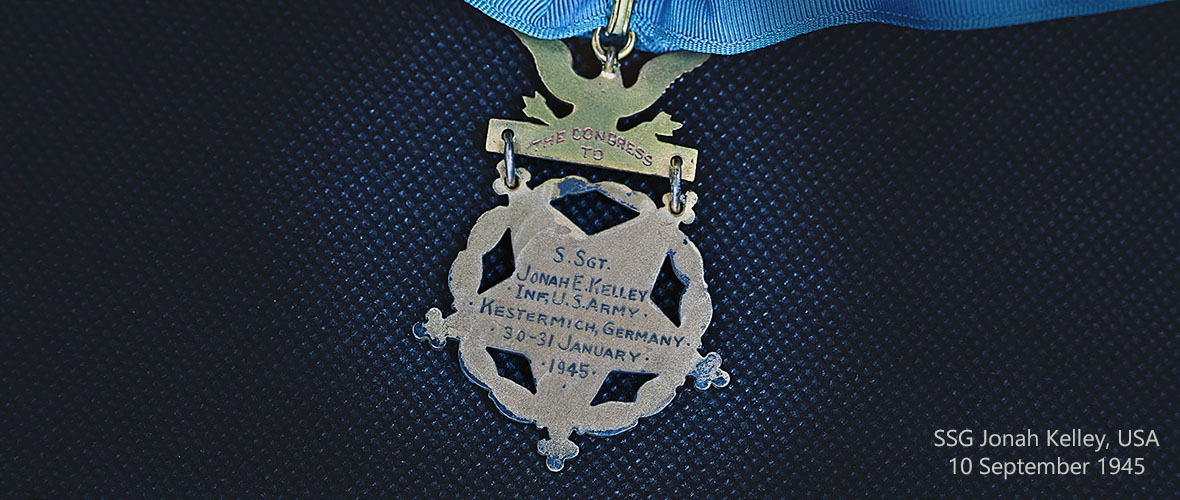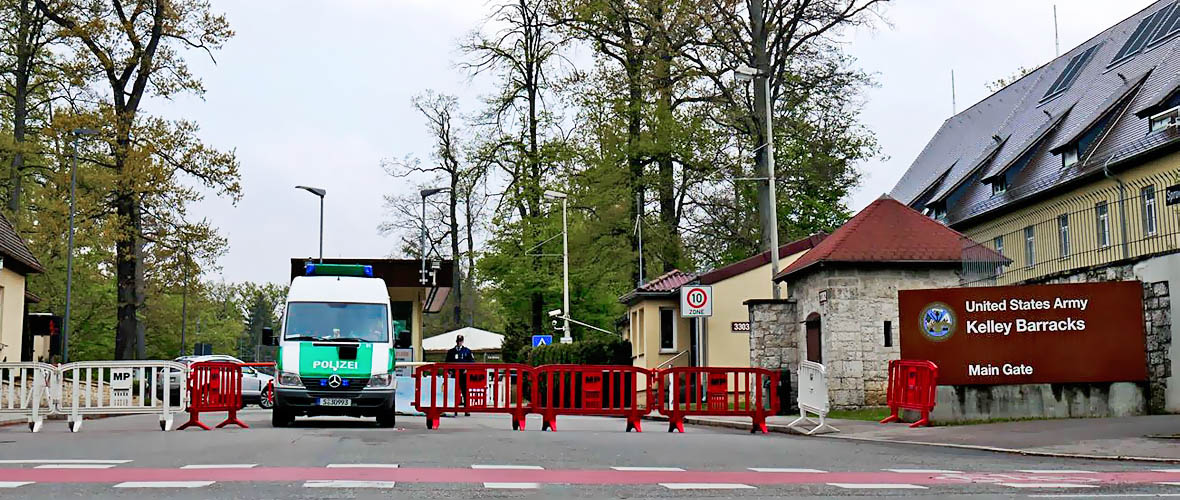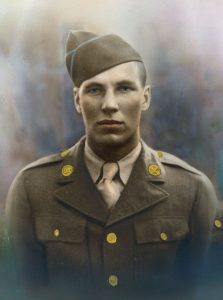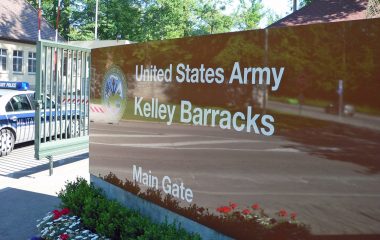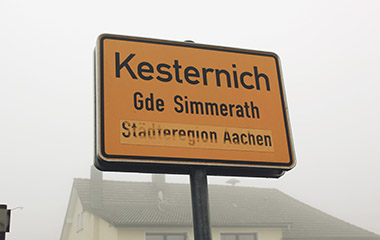- Home
- Biography
- Medal of Honor
- Honors
- Ed Kelley Memorial Plaza
- J. Edward Kelley Society
- Jonah E. Kelley Army Reserve Center
- Jonah E. Kelley Memorial Bridge
- Jonah Edward Kelley Day
- Kelley Barracks, US Army Base
- Kelley National Guard Armory
- Medal of Honor Book
- Medal of Honor Grove
- USAT Sgt. Jonah E. Kelley
- USNS Sgt. Jonah E. Kelley
- 78th Lightning Division Memorial
- Ed’s Journey to WWII
- Galleries
- Family
- Contact
Jonah Edward Kelley
Medal of Honor Recipient
Welcome
Jonah Edward “Eddie” Kelley (April 13, 1923 – January 31, 1945) was a United States Army soldier who received the United States military’s highest decoration, the Medal of Honor, for his actions in World War II. Kelley’s superb courage, aggressiveness, and utter disregard for his own safety inspired the men he led and enabled them to penetrate the last line of defense held by the enemy in the village of Kesternich.
On April 10, 2002, speaking at the fifty-seventh annual Keyser High School “J. Edward Kelley Award Assembly,” Major General David C. Meade, U. S. Army, retired, suggested that the heroic actions of S/Sgt. Kelley on January 31, 1945, shortened the war in Europe by two months and has altered the course of history. If the war had dragged on in the west and if the allied forces had not met the Russian army at the Elbe River, Austria and Denmark both would have been occupied and dominated by the Soviets.
History
S/Sgt. Jonah Edward Kelley was a member of the 311th Infantry of the U.S. Army 78th Lighting Division. Kelley was serving in Germany with his unit and was fighting a fierce battle to overtake the village of Kestenich. He led E Company in an intense and deadly attack in the village in a house-to-house campaign.
Staff Sergeant Jonah E. Kelley, a squad leader in Company E, had been shot in the back and the left hand, but had refused evacuation. Unable to hold his rifle with both hands, he rested it on rubble or on his forearm. Despite the wounds, he rushed a house alone and killed three Germans on the 30th. On January 31, he again ordered his men to remain under cover while he charged a building [building #89, read more here]. He was hit several times as he ran across open ground, and he fell mortally wounded just yards from the enemy. Before he died, he killed the enemy soldier who had shot him. Kelley died in the process of saving his men; as a result, he was posthumously awarded the Congressional Medal of Honor.
Medal of Honor Citation
“In charge of the leading squad of Company E, he heroically spearheaded the attack in furious house-to-house fighting. Early on 30 January, he led his men through intense mortar and small arms fire in repeated assaults on barricaded houses. Although twice wounded, once when struck in the back, the second time when a mortar shell fragment passed through his left hand and rendered it practically useless, he refused to withdraw and continued to lead his squad after hasty dressings had been applied. His serious wounds forced him to fire his rifle with 1 hand, resting it on rubble or over his left forearm. To blast his way forward with hand grenades, he set aside his rifle to pull the pins with his teeth while grasping the missiles with his good hand. Despite these handicaps, he created tremendous havoc in the enemy ranks. He rushed l house, killing 3 of the enemy and clearing the way for his squad to advance. On approaching the next house, he was fired upon from an upstairs window. He killed the sniper with a single shot and similarly accounted for another enemy soldier who ran from the cellar of the house. As darkness came, he assigned his men to defensive positions, never leaving them to seek medical attention. At dawn the next day, the squad resumed the attack, advancing to a point where heavy automatic and small arms fire stalled them. Despite his wounds, S/Sgt. Kelley moved out alone, located an enemy gunner dug in under a haystack and killed him with rifle fire. He returned to his men and found that a German machinegun, from a well-protected position in a neighboring house, still held up the advance. Ordering the squad to remain in comparatively safe positions, he valiantly dashed into the open and attacked the position single-handedly through a hail of bullets. He was hit several times and fell to his knees when within 25 yards of his objective; but he summoned his waning strength and emptied his rifle into the machinegun nest, silencing the weapon before he died. The superb courage, aggressiveness, and utter disregard for his own safety displayed by S/Sgt. Kelley inspired the men he led and enabled them to penetrate the last line of defense held by the enemy in the village of Kesternich.”
The Medal of Honor
Read how Jonah E. Kelley single highhandedly took down the last line of defense held by the enemy in the village of Kesternich, Germany. For his actions, he was posthumously awarded the Medal of Honor eight months later. Read more
J. Edward Kelley Society
The Ed Kelley Award, established the year after Kelley’s death and awarded annually ever since, is a scholarship available to students who played varsity basketball or football at the school for at least two years. Read more
Kelley Barracks Army Base
In 1949, Rebecca received a letter and pictures from General Arnold J. Funk. He named the most important military base in his command after Jonah Edward Kelley, calling the new base in Germany “Kelley Barracks.” Read more
USNS Sgt. Jonah E. Kelley
Read how USNS Sgt. Jonah E. Kelley (T-APC-116) was built as Link Splice under a United States Maritime Commission contract (MC hull 2489) and was laid down on 29 January 1945. Read more
Family & Legacy
Though Kelley never was afforded the opportunity to have a family of his own, his older sister Bealuh, did. Here is Kelley’s last family & their military history. Read more
78th Lightning Division Memorial
Read about the 78th Lighting Division and its roll in WWII. Kelley joined this unit after first being drafted, this unit would fight in both D-Day and The Battle of the Bulge. Read more
Photo Galleries & Stories
Honors
Memorials to Kelley have been constructed at the sites of both
Funeral
Visiting his original grave in Holland. His proper funeral in
Kesternich, Modern Day
Visit the modern city of Kesternich and the ruins that have
Medal of Honor
Jonah Edward Kelley's Medal of Honor & its history.

